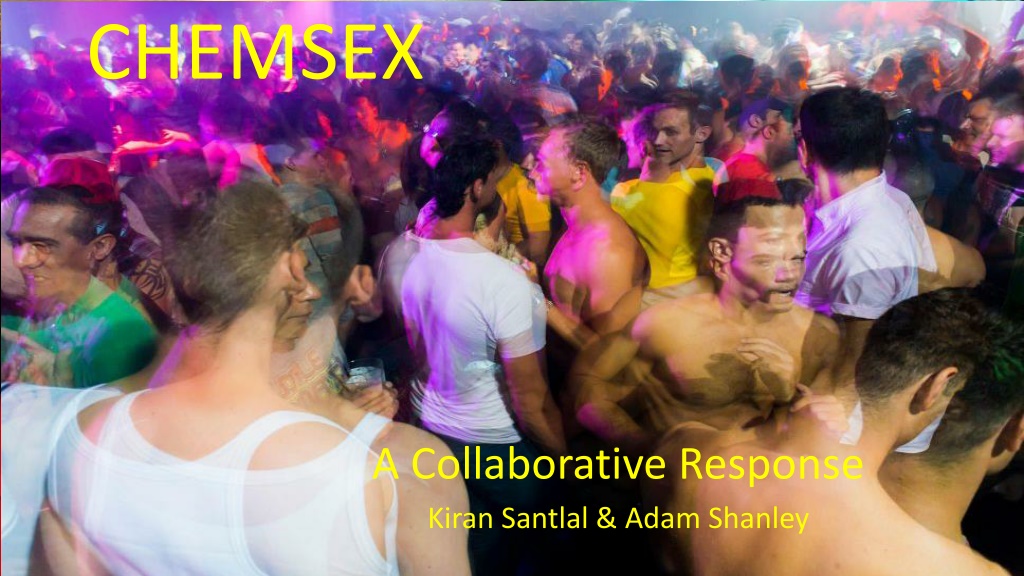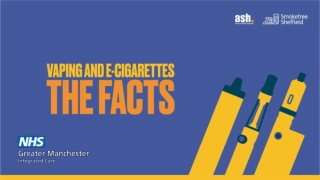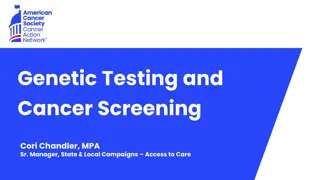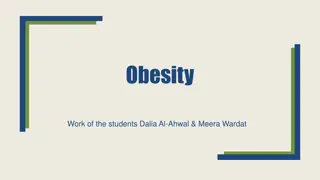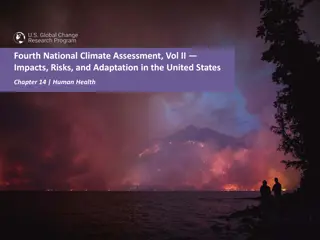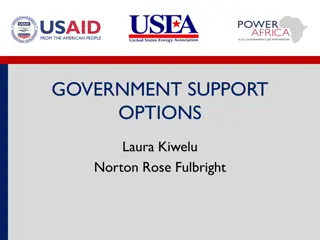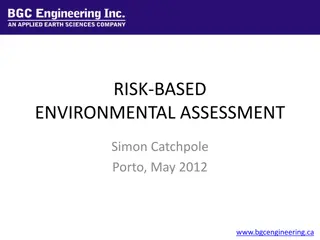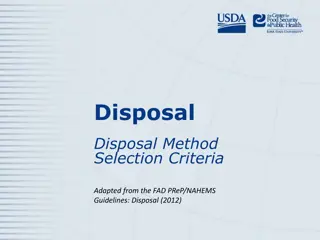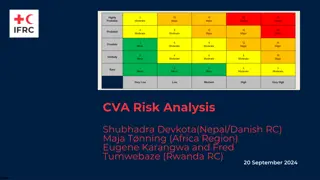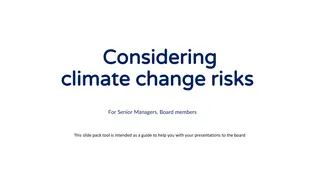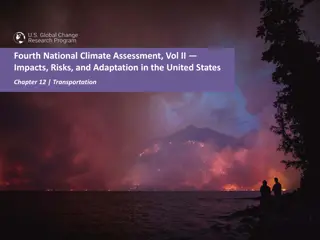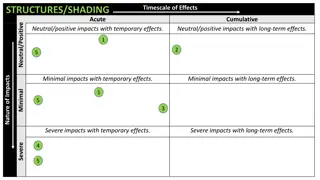Chemsex: Risks, Impacts, and Support
Chemsex involves using substances to enhance sexual experiences, often leading to extended periods of risky behavior and negative outcomes. Factors driving chemsex include sexual freedom, loneliness, and stigma. Addressing chemsex requires a comprehensive approach that considers both drug use and psychological aspects.
Download Presentation

Please find below an Image/Link to download the presentation.
The content on the website is provided AS IS for your information and personal use only. It may not be sold, licensed, or shared on other websites without obtaining consent from the author.If you encounter any issues during the download, it is possible that the publisher has removed the file from their server.
You are allowed to download the files provided on this website for personal or commercial use, subject to the condition that they are used lawfully. All files are the property of their respective owners.
The content on the website is provided AS IS for your information and personal use only. It may not be sold, licensed, or shared on other websites without obtaining consent from the author.
E N D
Presentation Transcript
CHEMSEX A Collaborative Response Kiran Santlal & Adam Shanley
WHAT IS CHEMSEX? The use of substances to facilitate or enhance sexual experience Typically involves several participants Mainly but not exclusively among gay, bisexual, MSM population 3 most commonly used drugs in a sexual context include: GHB/GBL (Liquid Ecstasy, Gina, G)* Methamphetamine (Crystal Meth, Tina) Mephedrone (Meph) *Evidence firmly places GHB/GBL as currently the most pronounced issue in Dublin/Ireland in terms of problematic use and negative outcomes.
WHATS HAPPENING? Extended sex for many hours, sometimes days. It can be common not to sleep. Sometimes just two people but often multiple partners, multiple times. People engage in Chemsex for a number of reasons; most would cite as a means of escapism. Safer sex may not be a priority. Not being able to consent to sex when unconscious or highly intoxicated: Sexual assault / rape Negative Outcomes: Addiction, overdose, mental health issues, STIs & HIV/HCV
WHY ARE PEOPLE DOING IT? sexual freedom better sex loneliness internalised homophobia longer sex peer pressure intimacy community HIV/HCV stigma fear of rejection sexual shame
EVIDENCE BASE 90% response rate (510/568) 1 in 4 (27%) reported engaging in Chemsex in the previous 12 months. Half had taken 2 or more drugs at their last session 1 in 5 (23%) reported losing consciousness as a result of Chemsex 1 in 4 reported that Chemsex was impacting negatively on their lives Almost a third would like help or advice about chemsex Those engaging in Chemsex were more likely to: Have had more sexual partners (p< 0.001) More partners for anal sex (p< 0.001) Have had condomless anal sex (p< 0.041) Glynn, R. (2018) International Journal of Drug Policy, 52, pp.9-15.
ADDRESSING CHEMSEX Competently addressing Chemsex is challenging, because though it may be perceived as a drug problem, it s more of a sex/psychological problem; Cultural issue associated with how people understand & pursue sex, intimacy and relationships Drug-related interventions may need to be adapted to ensure: Specific forms of high-risk behaviour, such as Chemsex, are addressed Treatment goals relevant to these behaviours are included Harm-reduction measures and treatment interventions must tackle drug use together with sexual health and mental health Current evidence firmly places G use as the most pronounced issue in Ireland s chemsex scene and so our intervention efforts have centred on G.
INTERVENTION SETTINGS CHEMSEX WORKING GROUP Primary harm reduction advice & information on GHB/GBL Universities Clubs LGBT & other Community Centres Conferences & Discussion with community (HSE Communications) Phone apps, social media & websites (Future) Secondary detecting the harmful use of G Gay Men s Health Service & Sexual Health Clinics GP Clinics Ana Liffey Drug Project & Rialto Community Drug Team Alcohol & Drugs Helpline Afterparty Engagement Worker (Future)
INTERVENTION SETTINGS CHEMSEX WORKING GROUP Tertiary managing harmful effects, detoxification & rehabilitation HSE National Drug Treatment Centre Emergency Departments & Medical Wards Psychiatric Outpatient Departments GHB Support Group (Future) & AA Meetings
PRIMARY INTERVENTIONS Screening of the Chemsex Documentary Community Discussion G Harm Reduction Campaign Posters Tips for the party flyer Tips for the party video G Card Emergency Management Information Packs
SECONDARY INTERVENTIONS Sexual Health & Drug Addiction Staff Training Increasing awareness in Emergency Medicine & General Medical and Psychiatric Departments Changing Policy Chemsex Working Group established to examine the evidence in relation to early harm reduction responses, (drug testing, amnesty bins and media campaigns), to current and emerging trends including: Use of new psychoactive substances Use of image and performance enhancing drugs Other high risk behaviours, including chemsex. Considering the need for specialist referral pathways for specific groups who may not otherwise attend traditional addiction services (i.e. those who engage in chemsex)
TERTIARY INTERVENTIONS THE GHB DETOXIFICATION CLINIC 98 referrals since 2014 2014 2 referral 2015 5 referrals 2016 5 referrals 2017 47 referrals 2018 38 referrals 50 45 40 35 Heterosexual Male 23% Heterosexual Female 23% 30 25 20 15 10 Homosexual Male 54% 5 0
TERTIARY INTERVENTIONS Out of 98 detoxification management episodes: G Clinic - Inpatient (n=6) 6% 6 completed as an inpatient in St. Michael s Ward Medical & G Clinic (n=16) 17% 16 admissions under Medical team & detoxed on the medical ward; continued detoxification as an outpatient in NDTC G Clinic - Outpatient (n=74) 77% 76 completed outpatient detoxifications
KEY LEARNINGS The Chemsex Working Group established to address the harms associated with the increasing trend of Chemsex and drug use multidisciplinary cooperation of governmental and non-governmental agencies Multiple substances typically used during Chemsex Increased likelihood of losing consciousness possibility of non-consensual sex Combined treatment of medical supportive/medication management (short term) and psychological therapy (long term) The GHB Detoxification Clinic managing GHB withdrawals and recently including treatment of Crystal Meth withdrawals Future plans thinking outside the box and utilising technology to target high-risk populations
